The main generator, traction motors, trucks, and braking systems will also be completely rebuilt, as will the prime mover-powered head-end power system (providing electricity for on-board lighting, heating, air conditioning, exhaust fans, and door motors). Positive train control equipment and a closed-circuit camera monitoring system will also be installed. All of the locomotives will be decorated in Metra’s newest paint scheme which was first worn by the railroads fleet of MP36PH-3s.
Metra Engineer Kyle Nanfeldt developed the design for this scheme to be applied on the railroads newest locomotive acquisition, F59PHs Nos. 97-99, as well as No. 175, and all subsequent rebuilds and locomotive acquisitions.
For a detailed feature story on Metra’s locomotive fleet, including an exclusive foldout cover photo, check out Locomotive 2016, available in late September.





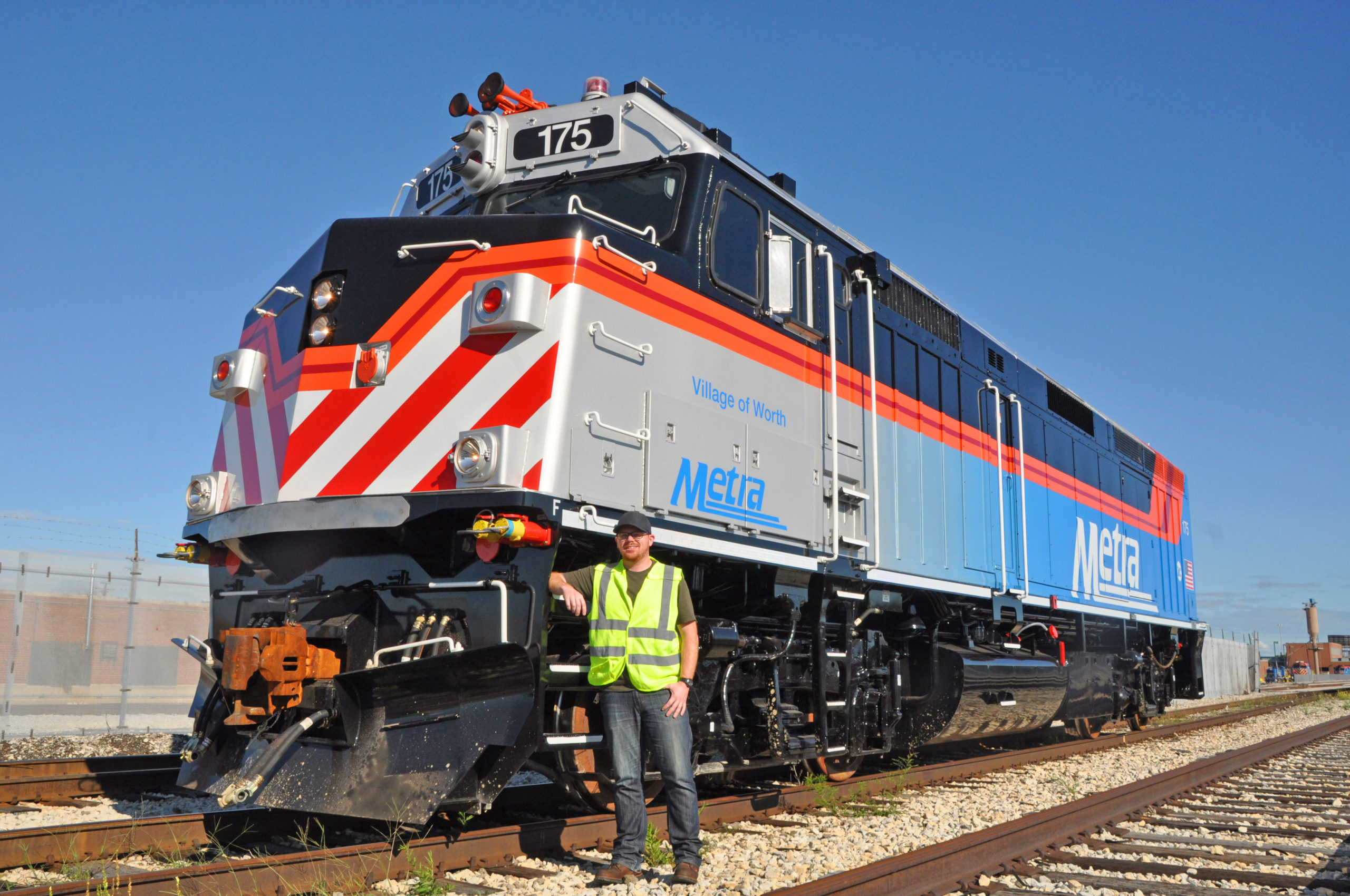
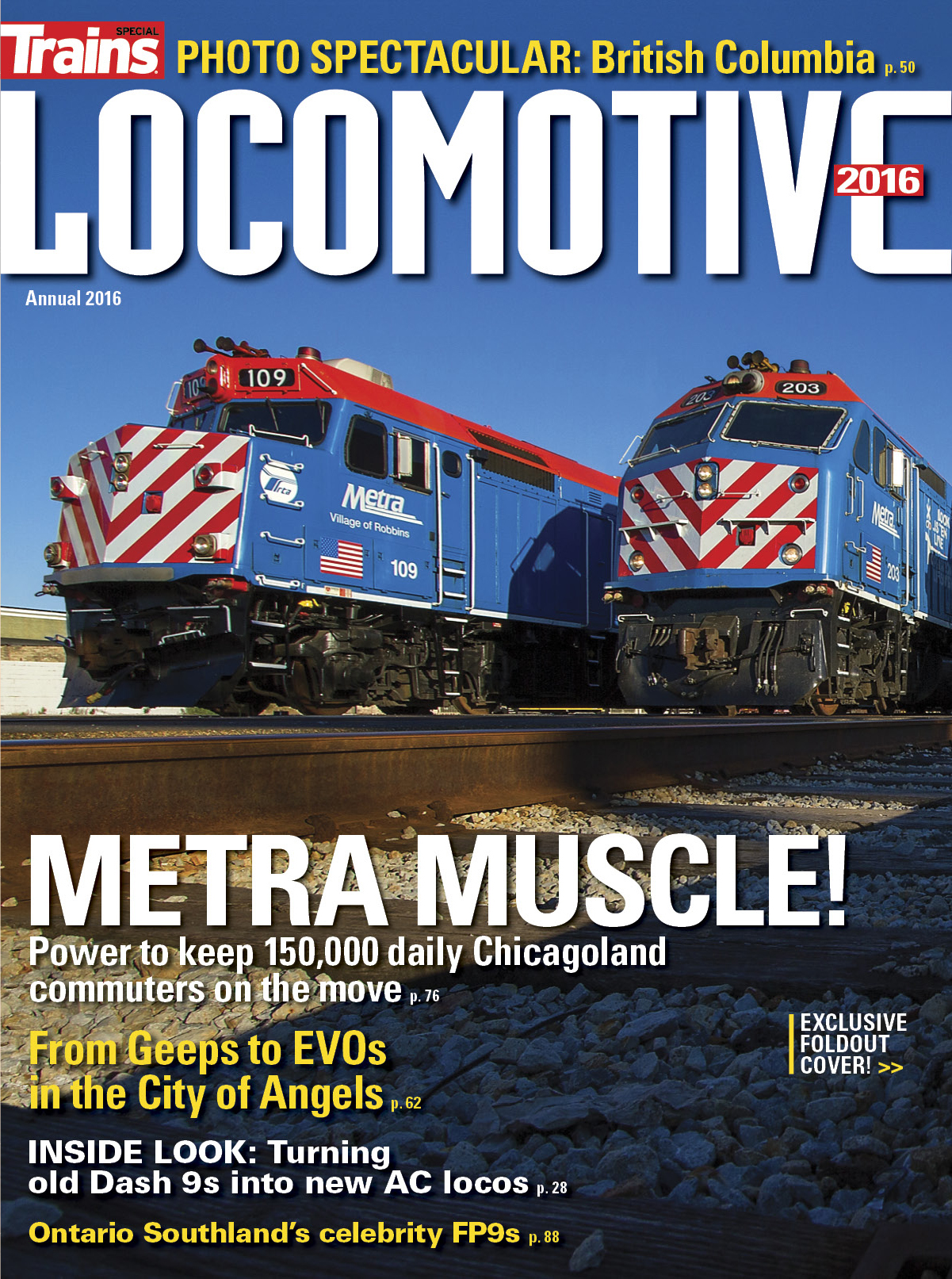


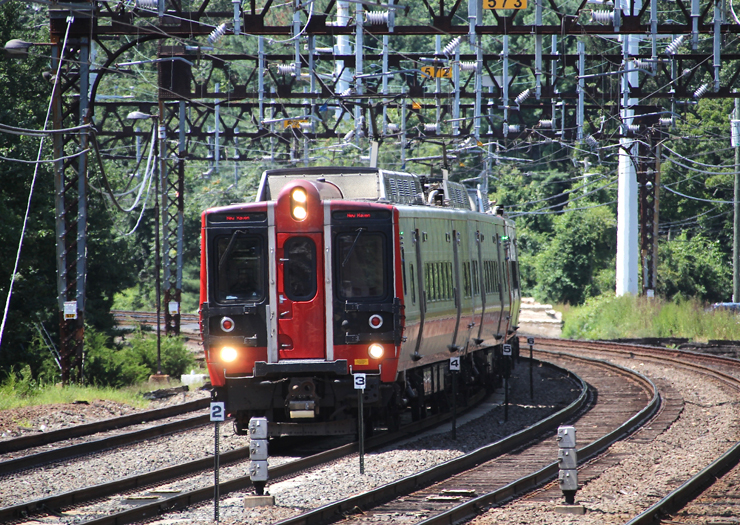
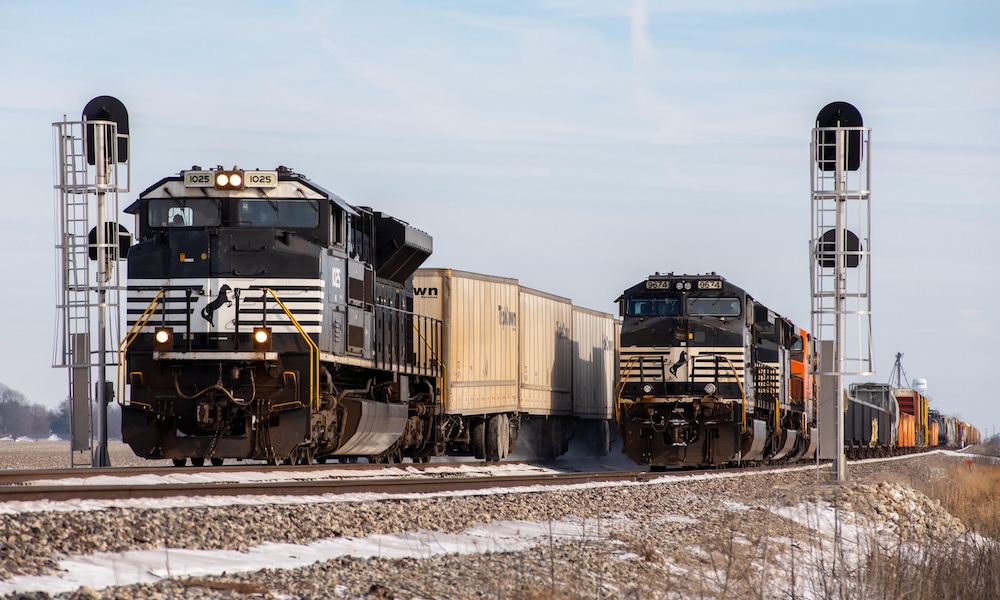
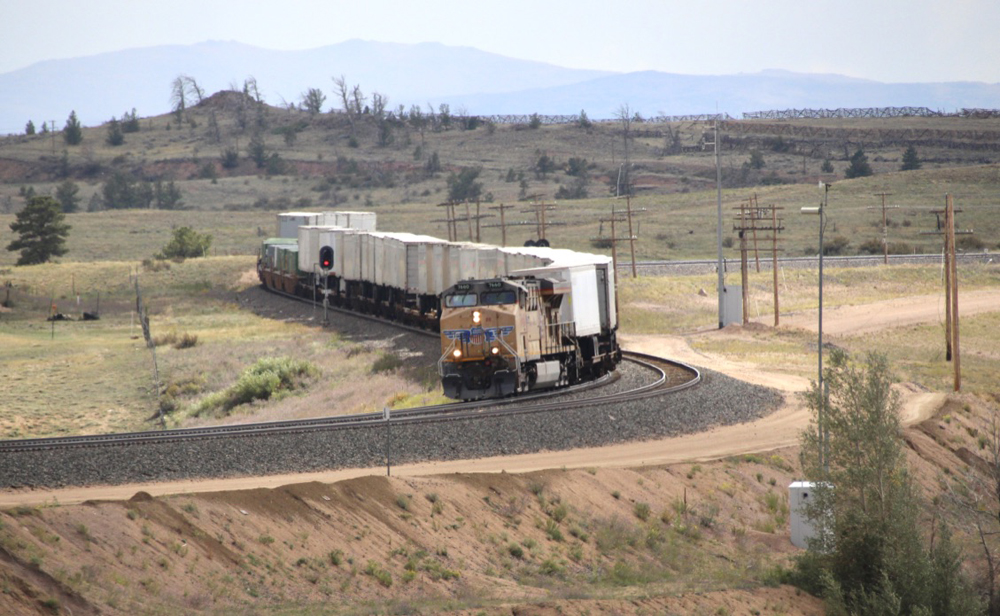




Very nice paint scheme, indeed. If memory serves, there was a story in TRAINS a while back about the F40, “The Locomotive that Saved AMTRAK”, in which it was mentioned that one reason the F40 proved to be so reliable was because the design was adapted from the proven GP40 design.
Nice looking paint scheme. It’s really too bad that Amtrak didn’t do complete rebuilds on their F40’s, like VIA did, instead of going with the rather unreliable P40 and P42’s from GE. Amtrak has far too many failures on the road – the F40 was really a better machine.
Robert Keay
You are pretty much dead on..Unlike another person who sees everything in nefarious terms
A copy and paste from the EPA website
>Locomotives built before 1973 are exempt from any of these standards. Remanufactured locomotives >originally built before 1993 must comply with Tier 0+. Remanufactured locomotives built after 1993 and >before 2002 must also comply with Tier 0+.
James Shanks,
Years ago Amtrak wanted EMD to build another generation of E-units, the E-10, but EMD had thrown away a pattern needed for the bottom part of the frame. If I am remembering right, that was when they built the ill-fated SDP-40. That one, as you might remember, was prone to derailments, because they still had steam generators back then. The water would slosh around in the tanks and cause the SDP-40 to derail. That’s what finally lead to the F40, at least, that’s the story I got.
Only problem with the F-40Ph-2 was fuel consumption when you running a v-16 645 engine just to provide HEP you use a lot of fuel. Plus the HEP load takes up to 790 hp away from the traction motors. An E-8/9 only had 2250/2400 hp for traction big advantage with the E unit is one engine dies the other gets you home. When working a steam heated 18 car train had the trailing unit die out of fuel and lost one engine on the lead little slow but we arrived in New Haven for power swap. Personally I think they should build a new E unit think about it two v-8 645 engines plus a small diesel generator for HEP like Amtrak did with the E-8’s before they replaced them with F-40ph-2’s. They also use too big an air compressor All Amtrak F40’s used the optional 6 cylinder air compressor 400 cubic foot of air. The E-6/7 used a two cylinder compressor putting out 95 cubic feet of air. A standard compressor is a 3 cylinder 254 cubic feet of air used in virtually all direct drive air compressor locomotive’s. Hopefully as Metra rebuilding goes on the use the standard compressor 254 cfm. Think by making just that one change how much fuel can be saved over the life (15 years ) of the rebuilt locomotive
I’m still waiting to see a F40 re-engined with a 12-710. You can now call it a F33ECOPH-X or something like that.
Nice looking machine, anyway.
Great plan to utilize good assets. Hope MassDOT will have someone remanufacture the MBTA’s fleet of F40s and F40 clones.
Paint don’t make ’em run. Here’s hoping they have the bugs worked out of these versus the last batch we got back. Some of the roughest riders I have been on are the ones that came back from rebuild.
W. Cook:
Take a chill pill—this was a posed photo with secured equipment. In 1988 or so, Mr. Menk, Mr, Shober, and others posed for locomotives at Northtown. A carman inserted their name plates into standing locomotives at the Hump Tower. I was there and held the job of Roadmaster’s Clerk. I retired in 2004 with 38 years of service. I have seen a number of posed photos in my years.
Leaning on or holding on to equipment is a safety violation. When will they learn to comply to the rules, at least in photograph. Operation LifeSaver can start with employees, especially the photos in foul around the front end of engines as an example for others.
Metra is paying $91.1 million to Progressive Rail Services for the re-manufacture of 41 locomotives, or about $2.22 million per locomotive.
The locomotives that are being re-manufactured are 11 F40PH-2’s (#174-184) that were purchased in 1989 and 1990 and 30 F40PHM-2’s that were purchased in 1991 and 1992.
Now if they will just get around to rebuilding the F40PHM-2’s that they’ve been promising to do for the past year…
Nothing novel about a rebuild to Tier 0+ standards. it seems if you keep a big enough chunk of a locomotive and do a rebuild then it retains the original environmental classification. NS rebuilds certainly aren’t Tier 4 compliant. Repairing rather than scrapping wrecked locomotives is also popular because the original environmental classification is retained. This isn’t just a US routine, I recalled reading about a UK Type 66 wreck being rebuilt for the same reason.
always thought the F40 looked business like and conveys durable and workman image. Great paint. Maybe we have not given the F40 its due respect.
EPA Tier 0+ emission standards? How’d Chicago get away with that? Oh, “O”. Now I understand.